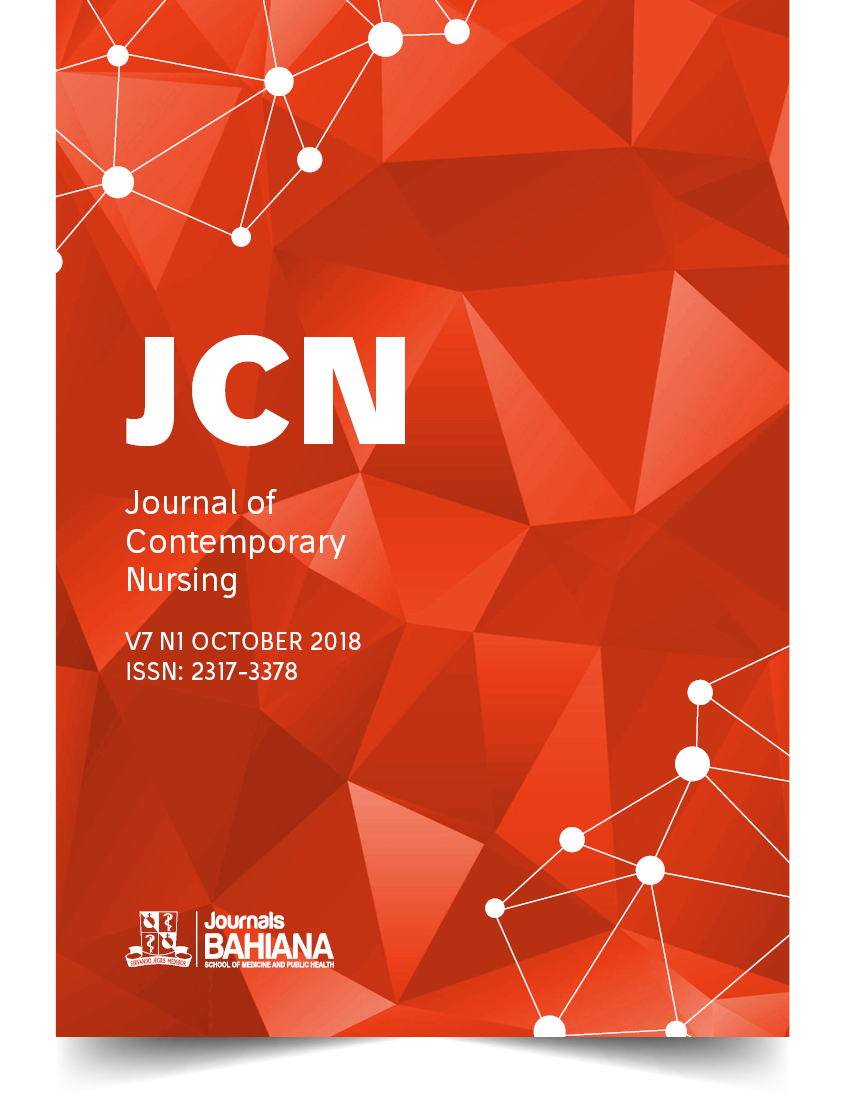Path of persons with disabilities to family health unit
DOI:
https://doi.org/10.17267/2317-3378rec.v7i1.1215Keywords:
health services accessibility, disabled persons, architectural accessibilityAbstract
Objective: to assess and evaluate the path of people with disabilities to the Family Health Unit (Brazilian Public Health System). Method: this is an observational, descriptive and qualitative study. Data collection occurred between November 2015 and March 2016 in districts of the periphery of the largest municipality in the middle north of Mato Grosso state, Brazil, through observation script, photographs, tape measurements and field diaries. The images were interpreted by iconographic analysis. Results: carelessness and disregard for the ethical and environmental issues of other residents were evident in the study, collaborating or intensifying urban barriers to inaccessibility of persons with disabilities. Among the barriers encountered, predominated discontinuity and obstacles on sidewalks. Conclusion: In order to eliminate these barriers and promote greater social inclusion are necessary public awareness policies, information practices of the rights of the people with disabilities and full compliance with the rights of people with disabilities, mainly driven by health professionals, and the sensitive eye of the management bodies.Downloads
Download data is not yet available.
Downloads
Published
03/27/2018
Issue
Section
Original Articles
How to Cite
1.
Ferreira do Nascimento V, Gineli de Jesus W, Carvalho da Graça B, Gonçalves RA, Pereira Terças AC, Yuri Hattori T. Path of persons with disabilities to family health unit. Rev Enf Contemp [Internet]. 2018 Mar. 27 [cited 2024 Nov. 13];7(1):13-9. Available from: https://www5.bahiana.edu.br/index.php/enfermagem/article/view/1215



